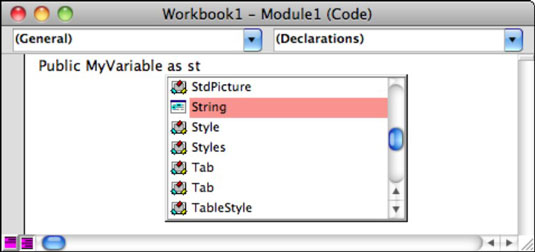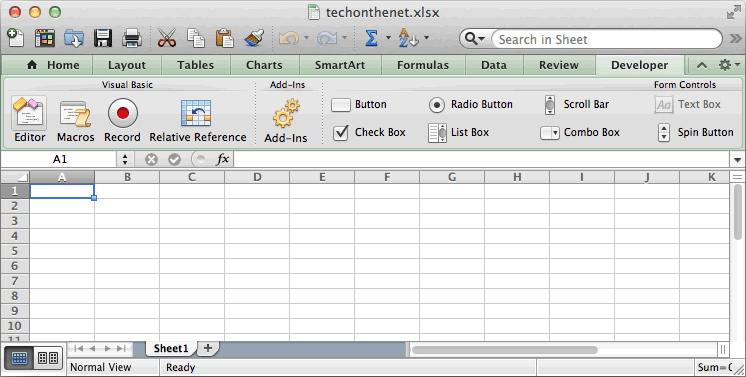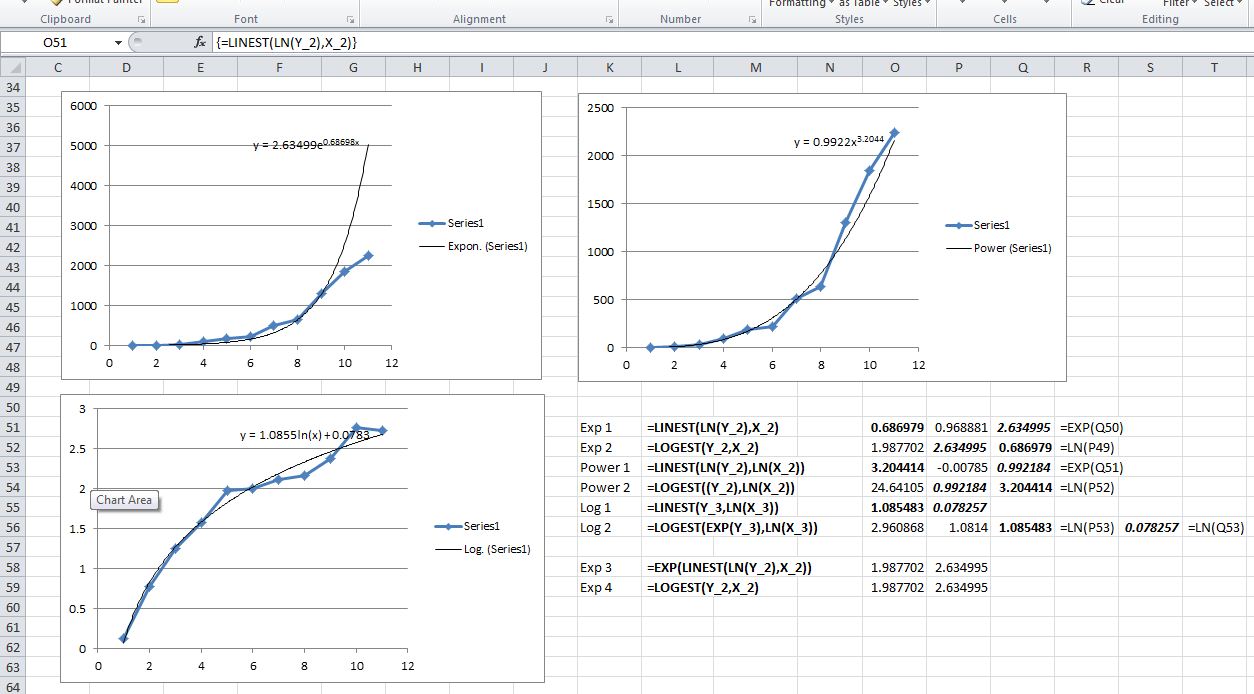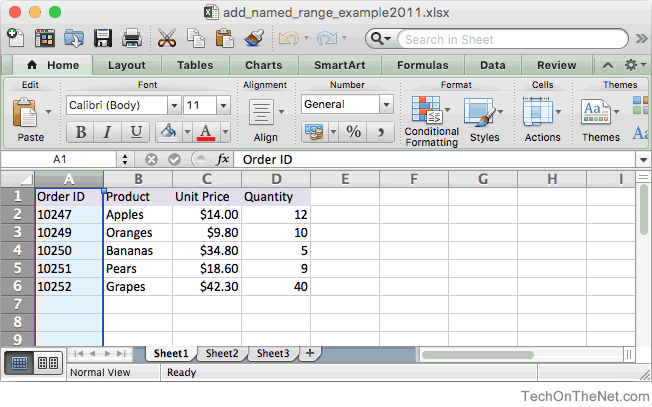
Digital asset management Manage and distribute assets, and see how they perform.Resource management Find the best project team and forecast resourcing needs.Intelligent workflows Automate business processes across systems.
 Governance & administration Configure and manage global controls and settings. Streamlined business apps Build easy-to-navigate business apps in minutes. Data connections Synchronize data across critical business systems. Secure request management Streamline requests, process ticketing, and more. Process management at scale Deliver consistent projects and processes at scale. Content management Organize, manage, and review content production. Workflow automation Quickly automate repetitive tasks and processes. Team collaboration Connect everyone on one collaborative platform. Smartsheet platform Learn how the Smartsheet platform for dynamic work offers a robust set of capabilities to empower everyone to manage projects, automate workflows, and rapidly build solutions at scale. Under Arguments, select the range in the number1 box, press DELETE, and then on the sheet, select cells C2 through C7 (the values in the Number of Units column). Under Arguments, click the box next to array2, and then on the sheet, select cells C2 through C7 (the values in the Number of Units Ordered column). Under Arguments, click the box next to array1, and then on the sheet, select cells B2 through B7 (the values in the Price Per Unit column). In the Formula Builder list, double-click SUMPRODUCT. On the Formulas tab, under Function, click Formula Builder. On the Standard toolbar, just below the workbook title, click the arrow next to AutoSum, click Average, and then press RETURN. Note: If you don't see the status bar, on the View menu, click Status Bar.Ĭalculate an average so that it appears on a sheet In the Formula Builder list, double-click AVERAGEIF. Select cell A10, which is the cell to the left of the cell that contains the text "Average quality for all units rated above 5." In this example, you'll create a formula to calculate the average unit quality for all units that have a rating greater than 5. You can create a formula that excludes specific values. This formula divides the total cost of all the orders by the total number of units ordered, which results in a weighted price per unit average of 29.38297872.Ĭalculate an average that ignores specific values The formula bar should now contain the following formula: =SUMPRODUCT(B2:B7,C2:C7)/SUM(C2:C7). Select the range in the number1 box, press DELETE, and then on the sheet, select cells C2 through C7 (the values in the Number of Units column). In the Formula Builder list, double-click SUM. If you don't see the formula bar, on the View menu, click Formula Bar. In the formula bar, click to the right of the closing parenthesis for the formula, and then type / For example, start typing SUMPRODUCT.Ĭlick the box next to array1, and then on the sheet, select cells B2 through B7 (the values in the Price Per Unit column).Ĭlick the box next to array2, and then on the sheet, select cells C2 through C7 (the values in the Number of Units Ordered column). Tip: To quickly find a function, click the Search for a function box, and then start typing the function name.
Governance & administration Configure and manage global controls and settings. Streamlined business apps Build easy-to-navigate business apps in minutes. Data connections Synchronize data across critical business systems. Secure request management Streamline requests, process ticketing, and more. Process management at scale Deliver consistent projects and processes at scale. Content management Organize, manage, and review content production. Workflow automation Quickly automate repetitive tasks and processes. Team collaboration Connect everyone on one collaborative platform. Smartsheet platform Learn how the Smartsheet platform for dynamic work offers a robust set of capabilities to empower everyone to manage projects, automate workflows, and rapidly build solutions at scale. Under Arguments, select the range in the number1 box, press DELETE, and then on the sheet, select cells C2 through C7 (the values in the Number of Units column). Under Arguments, click the box next to array2, and then on the sheet, select cells C2 through C7 (the values in the Number of Units Ordered column). Under Arguments, click the box next to array1, and then on the sheet, select cells B2 through B7 (the values in the Price Per Unit column). In the Formula Builder list, double-click SUMPRODUCT. On the Formulas tab, under Function, click Formula Builder. On the Standard toolbar, just below the workbook title, click the arrow next to AutoSum, click Average, and then press RETURN. Note: If you don't see the status bar, on the View menu, click Status Bar.Ĭalculate an average so that it appears on a sheet In the Formula Builder list, double-click AVERAGEIF. Select cell A10, which is the cell to the left of the cell that contains the text "Average quality for all units rated above 5." In this example, you'll create a formula to calculate the average unit quality for all units that have a rating greater than 5. You can create a formula that excludes specific values. This formula divides the total cost of all the orders by the total number of units ordered, which results in a weighted price per unit average of 29.38297872.Ĭalculate an average that ignores specific values The formula bar should now contain the following formula: =SUMPRODUCT(B2:B7,C2:C7)/SUM(C2:C7). Select the range in the number1 box, press DELETE, and then on the sheet, select cells C2 through C7 (the values in the Number of Units column). In the Formula Builder list, double-click SUM. If you don't see the formula bar, on the View menu, click Formula Bar. In the formula bar, click to the right of the closing parenthesis for the formula, and then type / For example, start typing SUMPRODUCT.Ĭlick the box next to array1, and then on the sheet, select cells B2 through B7 (the values in the Price Per Unit column).Ĭlick the box next to array2, and then on the sheet, select cells C2 through C7 (the values in the Number of Units Ordered column). Tip: To quickly find a function, click the Search for a function box, and then start typing the function name. 
In the Formula Builder list, scroll down and double-click SUMPRODUCT. On the Formulas tab, click Insert Function to open the Formula Builder pane. Select cell A9, which is the cell to the left of the cell that contains the text "Average price per unit."

This example calculates the average price paid for a unit across all orders, where each order is for a different number of units at a different price per unit. For example, select A2, A4, and A7, and then press RETURN.Įxcel replaces the selected range reference in the AVERAGE function with cell references for the cells that you selected. Hold down the key and click the cells that you want to average, and then press RETURN. In the Formula Bar, select the content between the parentheses, which is A2:A7 if you're using the sample data. The formula is displayed in the formula bar, =AVERAGE(A2:A7) if you're using the sample data. On the Formulas tab, click the arrow next to AutoSum, click Average, and then press RETURN.Ĭlick the cell that contains the average that you just created, cell A8 in this example. Select the cell where you want the average to appear, such as cell A8, which is the cell to the left of the cell that contains the text "Average unit quality" in the sample data. On the Formulas tab, click the arrow next to AutoSum, and then click Average.Ĭalculate the average for nonadjacent cells

Select cells A2 through A7 (the values in the Unit Quality column). In the sheet, select cell A1, and then press + V. A, B, C.) when you copy the sample data to a blank sheet.Īverage quality for all units rated above 5 Note: Do not select the row or column headings (1, 2, 3.








 0 kommentar(er)
0 kommentar(er)
